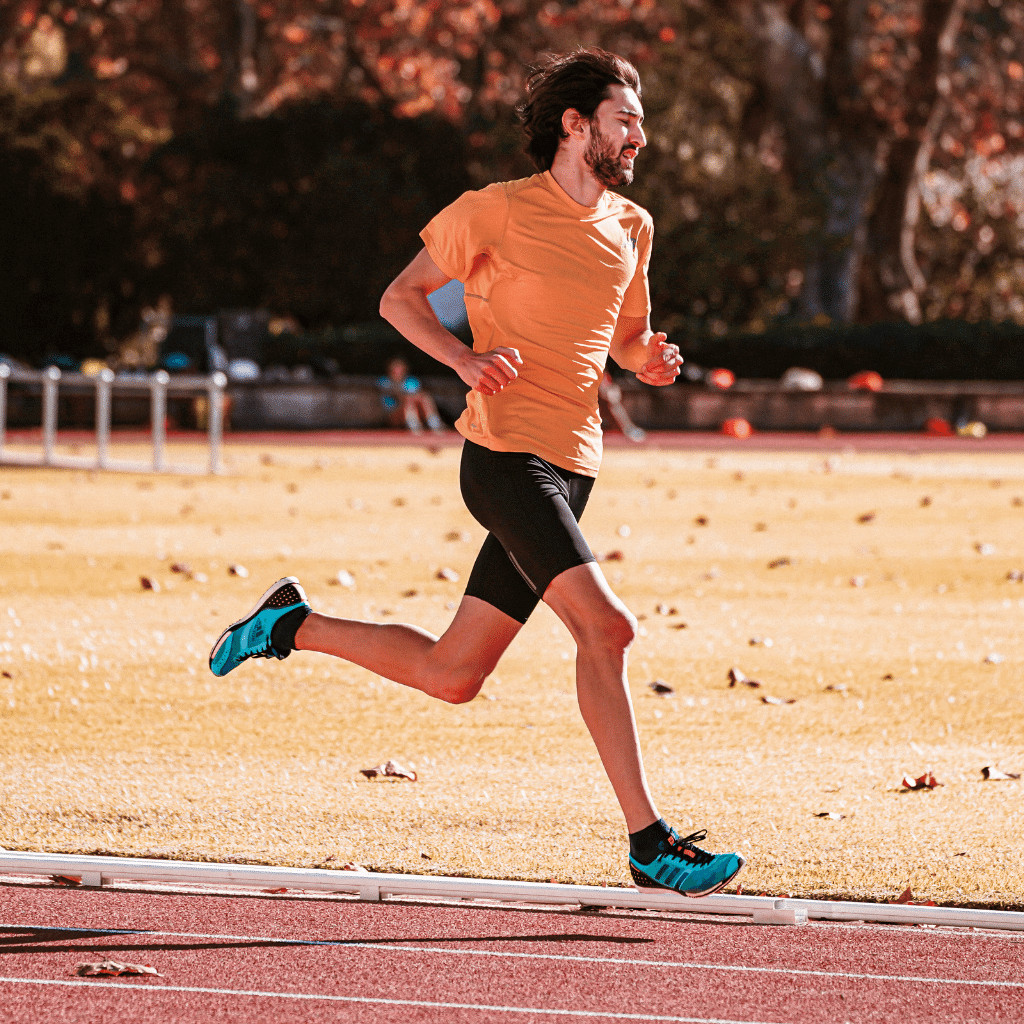
Running is not just about putting one foot in front of the other. It's a whole-body exercise that requires proper alignment and core strength. Whether you're a seasoned marathoner or a casual jogger, your posture and core stability play a significant role in your running performance and overall health. In this article, we'll explore how to improve your alignment and core strength to become a better runner.
The Importance of Posture in Running
Your posture while running can make or break your experience. Proper alignment helps you avoid injuries, improves your breathing, and enhances your running efficiency. Let's dive into the key aspects of posture in running:
- Head Position: Keep your head up, looking straight ahead, not down at your feet. This helps maintain a neutral spine and opens up your airways for better breathing.
- Shoulder Alignment: Relax your shoulders and avoid hunching. Tension in your shoulders can lead to neck and upper back pain.
- Core Engagement: A strong core stabilizes your spine and pelvis. Engage your core muscles to maintain an upright posture.
- Hip Alignment: Keep your hips level and avoid excessive side-to-side movement. This reduces the risk of hip and lower back pain.
- Foot Strike: Land with a midfoot strike rather than on your heels. This promotes a more natural and efficient running form.
Exercises to Improve Core Strength
Your core muscles provide stability and power for your running. Strengthening your core can help you maintain good posture and run more efficiently. Here are some exercises to target your core muscles:
1. Planks
Planks are excellent for engaging your entire core. Start with standard planks and work your way up to side planks and forearm planks for added variety and effectiveness.
2. Russian Twists
Sit on the ground with your knees bent and feet flat. Hold a weight or a water bottle and twist your torso to each side. This exercise strengthens your oblique muscles.
3. Leg Raises
Lie on your back and raise your legs while keeping them straight. Lower them back down without touching the ground to work your lower abs.
4. Bicycle Crunches
Lie on your back, bring one knee towards your chest while simultaneously twisting your upper body to touch the opposite elbow to the knee. This exercise targets your obliques and rectus abdominis.
5. Stability Ball Rollouts
Use a stability ball to perform rollouts, a dynamic core exercise that engages both your core and stabilizing muscles. Roll the ball forward as you extend your body, and then roll it back toward your knees.
Improving Your Running Posture
Now that you've strengthened your core, it's time to focus on your running posture. Good posture not only makes you a more efficient runner but also reduces the risk of injuries. Here's how to improve your running posture:
1. Relax and Check-In
Start by relaxing your shoulders and arms. Tension in these areas can cause poor posture. Periodically check in with your posture during your run to ensure you're maintaining proper alignment.
2. Engage Your Core
Keep your core engaged by drawing your navel toward your spine. This provides stability and helps maintain a strong, upright posture throughout your run.
3. Run Tall
Imagine a string pulling you up from the top of your head. Running tall with a straight spine and head up can help you avoid slouching and promote better lung capacity for breathing.
4. Land Under Your Hips
Focus on your foot strike. Strive to land with your foot under your hips, not in front of your body. This helps maintain forward momentum and prevents overstriding, which can lead to injuries.
5. Practice Drills
Incorporate running drills into your training regimen. These drills, such as high knees and butt kicks, can help reinforce proper running form and posture.
Common Posture Mistakes to Avoid
While working on improving your running posture, be aware of common mistakes that can hinder your progress. Avoid these pitfalls:
- Leaning Forward: Leaning too far forward can strain your lower back and disrupt your balance. Maintain an upright posture.
- Stiff Upper Body: A rigid upper body can lead to tension and discomfort. Stay relaxed and allow your arms to swing naturally.
- Overstriding: Landing with your foot too far in front of your body can lead to inefficient running and increased risk of injury.
- Looking Down: Keeping your gaze downward can negatively impact your posture and breathing. Focus on the horizon or a spot in the distance.
- Slouching Shoulders: Rounded shoulders can reduce lung capacity and lead to neck and upper back pain. Keep your shoulders relaxed and back.
Consistency is Key
Improving your running posture and core strength requires time and consistency. Incorporate these exercises and posture tips into your training regimen. Gradually, you'll notice improvements in your alignment, endurance, and overall running performance. Good posture isn't just for looks; it's essential for your health and success as a runner.
Conclusion: Run Strong, Run Smart
Your running posture and core strength are the foundation of your performance and injury prevention. By paying attention to your alignment and incorporating core-strengthening exercises, you'll not only become a better runner but also enjoy a healthier and more fulfilling running experience. Keep these tips in mind as you lace up your running shoes and hit the trails or streets for your next run.








